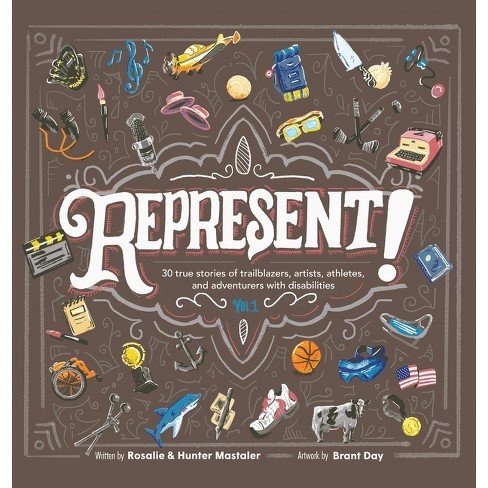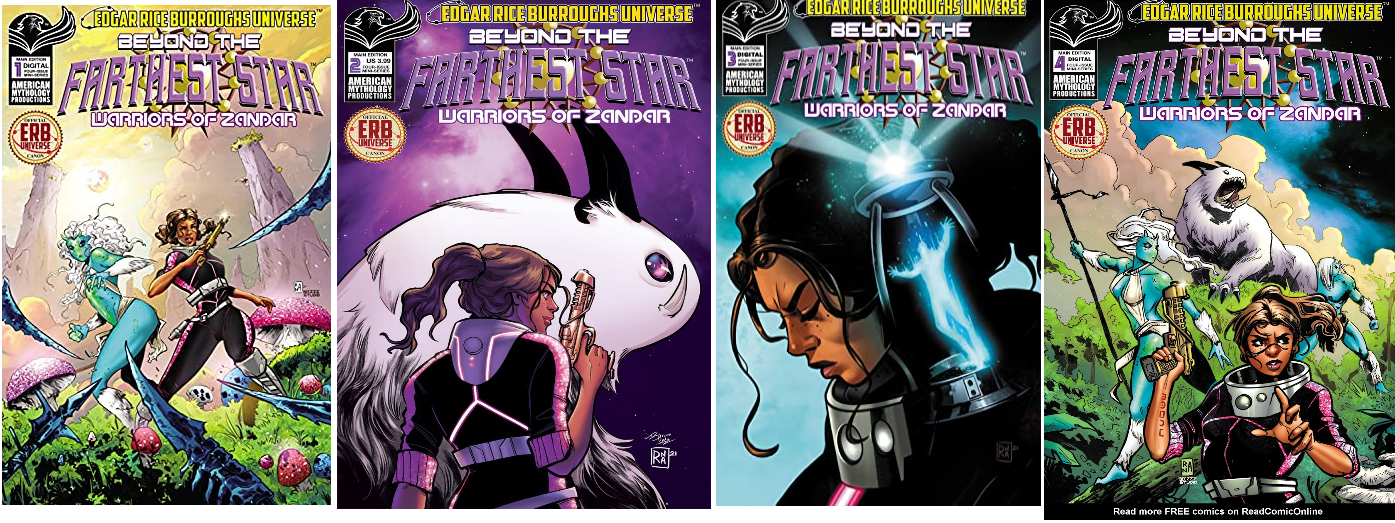Batman: Caped Crusader, Season One (2024)
Starred Hamish Linklater, Jason Watkins, Diedrich Bader, Crystal Joy Brown, Eric Morgan Stewart
Produced by Bad Robot, DC Entertainment, and 6th & Idaho Productions
Originally aired on Amazon Prime
FAIR WARNING: I can’t discuss what I liked about this show without spoiling certain character appearances and plot points. So if you care about SPOILERS, walk away after the first paragraph. Of course, much of what I’ll discuss has already been spoiled on various reporting websites and social media platforms … but you can’t say I didn’t warn you.
The ten-episode first season of Batman: Caped Crusader dropped on Amazon Prime on August 1st. It has a lot to recommend it: a 1940s design aesthetic reminiscent of both Batman: The Animated Series and the 1940s Fleischer Studios Superman cartoons, excellent voicework by the leads, and tightly written individual episode scripts. It also has some flaws (season storyline arcs that stall or disappear and moments of animation that are not as smooth as they could be). Despite these flaws, I enjoyed the first season and will definitely be back for season 2 when it bows sometime in 2025.
I am a fan of both B: TAS and the Fleischer Superman cartoons, so the borrowed/melded aesthetic of the animation really works for me. I like that they’re leaning more heavily into real 1940s technology (dial phones, phone booths, cars) and less the “’40’s look with advanced tech and police blimps” of B: TAS. It sets this show apart a bit visually while still recalling its beloved predecessor. I love some of the tiny details as well. For instance, Batman’s gloves are not the full forearm with wings we’ve become accustomed to but rather the “driving glove” style of his earliest comics appearances (minus the purple color of his first appearance), and the ears on his cowl appear to be thin and curved. I also appreciated Harley Quinn’s costume looking very much like a period costume piece, and the decision to go with the heftier/portly Alfred of the 1940s comics.
The voice work of the main cast is undeniably strong. I believe Hamish Linklater has said in interviews that he’s not consciously imitating the late, great Kevin Conroy, but Conroy’s influence on Linklater’s performance is obvious. Linklater’s Bruce and Batman are distinguishable and equally solid. Jason Watkins’ Pennyworth (who only really gets called by his first name in the season finale) is staunch and steadfast, the supportive assistant who is not afraid to stand up to his boss when it really matters. Diedrich Bader’s turn as District Attorney Harvey Dent is as slimy as you could want, with just enough “am I really doing the right thing” throughout the early part of the season to make his internal conflict near the end of the season make sense. Eric Morgan Stewart (Commissioner Gordon), Crystal Joy Brown (Barbara Gordon), and Michelle C. Bonilla (Renee Montoya) are all wonderful as Batman’s slowly developing support cast; likewise John DiMaggio (Bullock) and Gary Anthony Williams (Flass) as the odd-couple corrupt cops and Cedric Yarbrough as crime boss Rupert Thorne.
The semi-regularly appearing characters include Bumper Robinson’s cool but friendly Lucius Fox, Tom Kenny’s photojournalist Eel O’Brian, and Roger Craig Smith’s Detective Jim Corrigan. (Those last two names carry a lot of weight for long-time DC Comics fans. I have no idea if the producers of Batman: Caped Crusader intend to eventually introduce other super-heroes into the mix of this show, but they certainly seem like they’re setting the stage with these character names as well as the appearance of an unspeaking reporter who looked a lot like the Fleischer Studios version of Lois Lane in one episode.)
With as long and deep a bench as Batman’s rogues gallery has, a ten-episode season is bound to disappoint someone in terms of which villains are used. I enjoyed the balance between “big guns” (Catwoman, Penguin, Harley Quinn, and Two-Face) and “lesser lights” (Clayface, the Gentleman Ghost, Firebug, Nocturne, Onomatopoeia, with blink-and-you’ll-miss-them appearances by King Tut, Killer Croc and Deadshot). I think the choice to hold the Joker back for season two (along with, presumably, the Riddler, Poison Ivy, and Mister Freeze) was a smart one (I also don’t think the season finale needed a Joker-coda, but that’s a moot point since it had one). I’m hoping that some of these villains will get return appearances in season two, especially the Penguin and Catwoman (I could do without a return appearance from Onomatopoeia; I found the execution of this character a bit underwhelming.)
I enjoyed the slow, multi-episode development of Harleen Quinzell (the wonderful Jamie Chung) and Harvey Dent into villains, and the gradual development of respect for Batman by the Gordons and Montoya. But If I have one major complaint about this first season, it’s the way certain subplots were just dropped to make room for Dent’s season-ending arc. In particular, the establishment of a Batman-hunting task force. The episode in which it was introduced, headed by Montoya, was effective. Then the Mayor turns it over to Flass and Bullock and … it’s barely mentioned for the rest of the season. Even in the season finale, it’s given one line (“If you’re still around when they [the Gotham patrolmen] get here, I’ll have to take you in.”). Given the amount of attention that is paid to the cops’ distrust of Batman in the first half of the season, it should have been given greater weight in the second half.
A lot of people online are unhappy with changes that have been made to certain characters (everything from the Penguin being a woman, to the Gordons being Black, Montoya being heavy-set/buxom, all the Robins being orphans in the same orphanage, to Harleen’s origin having no connection to the Joker at all). Here’s my take: If you can proclaim your love of comics stories in which Batman is a vampire, or is Clark Kent instead of Bruce Wayne, or in which Batman is active in the Victorian Era rather than the “present,” you can accept an animated series where the Penguin is a woman and the Gordons are black and where Batman’s wards may or may not ever become Robin(s). And if you can’t accept a gender or race-flip … then don’t watch the show. The existence of a female Penguin, or a Harley Quinn whose origin has nothing to do with the Joker, does not in any way negate the existence of the versions of those characters that you love.
Final thoughts: In conversation after I’d finished watching the season, my friend David said, “It was good overall, I agree, but it mostly made me like Batman: The Animated Series even more.” That said, I am looking forward to season two of Batman: Caped Crusader, with the hopes that some of the villains and supporting characters from season one will get more development (Dave and I agree that both the Penguin and Catwoman would have benefited from one more episode each.).
This is an occasional blog series about … well, series. I love stories that continue across volumes, in whatever form: linked short stories, novels, novellas, television, movies, comics.











